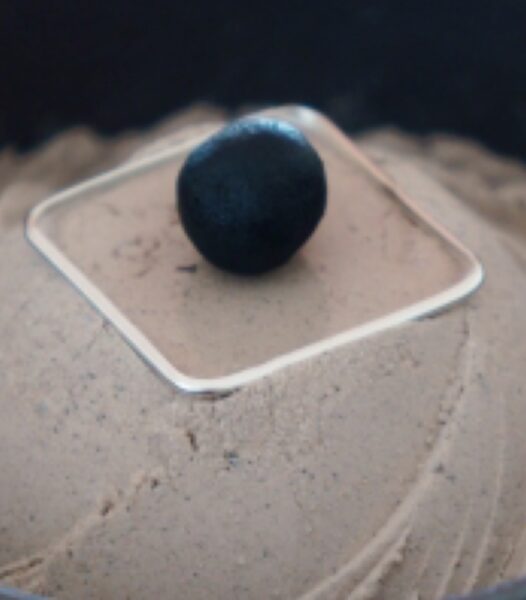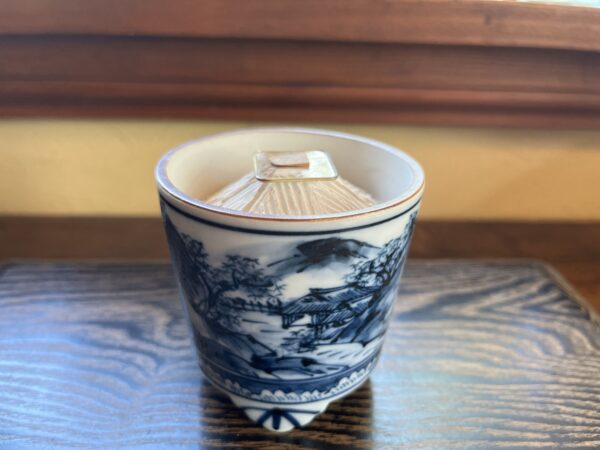Unraveling the history of incense
Incense culture was introduced to Japan about 1,400 years ago.
In the third year of the reign of Empress Suiko (595). it is recorded in the “Nihon Shoki” that a submerged agarwood washed up on Awaji Island.
It is said that Buddhist statues and scriptures were first introduced to Japan along with Buddhism.
It has been believed that incense was used to purify ancestors by burning lights, flowers, and incense.
Around the 9th century, the Heian aristocrats began the custom of burning incense in their homes.
“Sora-daki” was an incense made by mixing powdered Chinese herbal fragrances and kneading them into a pill shape with honey, and the fragrance was also used to scent clothing.
Later, it was linked to the world of waka poetry and literature and was enjoyed as a game by the aristocracy.
It was used to protect books and clothing from moths, decay, and mold.

Monkou
During the Kamakura and Muromachi periods, samurai practiced this art to unify their minds and relax.
It evolved into a sort of game of guessing different scents.
Around the time of Higashiyama culture, etiquette and forms for tea ceremony, renga poetry, and fragrance were established, and it came to be known as “Kodo” (Incense ceremony).
The basis of this is to indirectly warm a few millimeters of fragrant wood, a gift from nature, without burning it, and listen (smell) the fragrance with your heart and brain. It has matured into a game for enjoying literature and the seasons.
Kodo
During the Edo period, incense tools were prepared as a hobby for the nobles and samurai, and as wedding accessories.
The etiquette and manners for listening to (smelling) incense were also established at the same time, and this was later established as the “Kodo .”
As playful incense tools were prepared, the fragrance culture gradually spread to the common people, and people made improvements to their lives, and the scent of incense wood, especially “kyara,” became a coveted incense wood.

